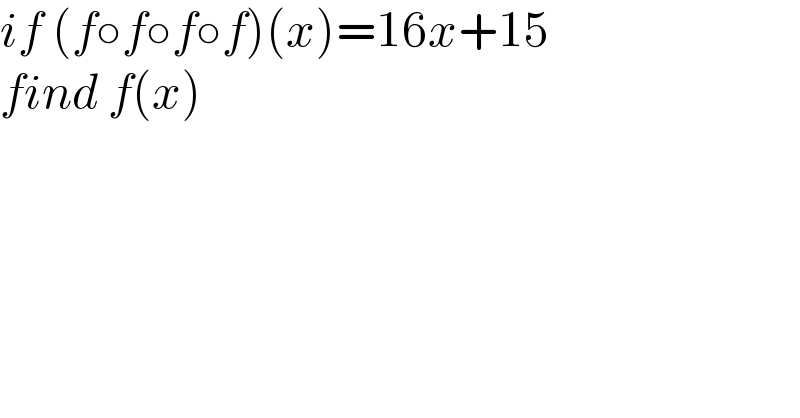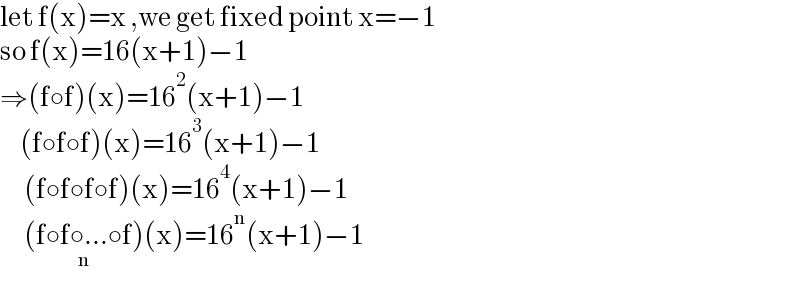Question Number 151080 by malwan last updated on 18/Aug/21

Answered by Mokmokhi last updated on 18/Aug/21

Commented by malwan last updated on 18/Aug/21

Answered by qaz last updated on 18/Aug/21

Commented by malwan last updated on 18/Aug/21

Commented by qaz last updated on 19/Aug/21

